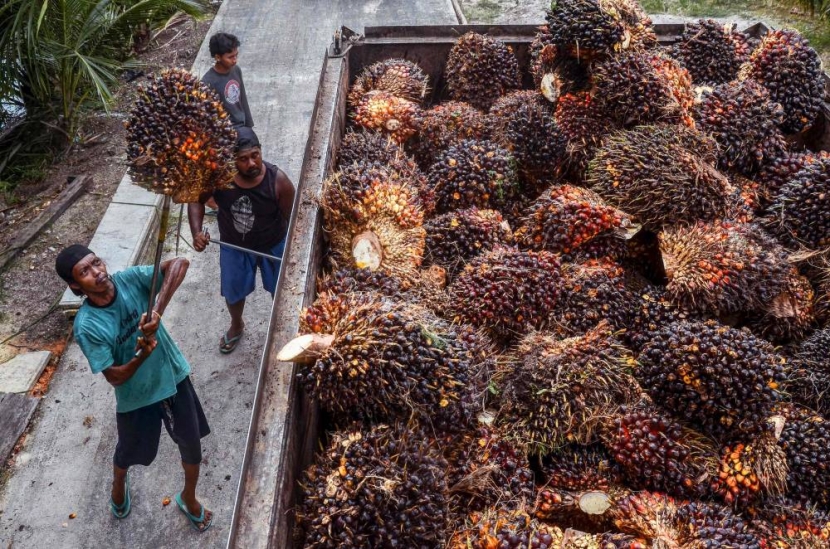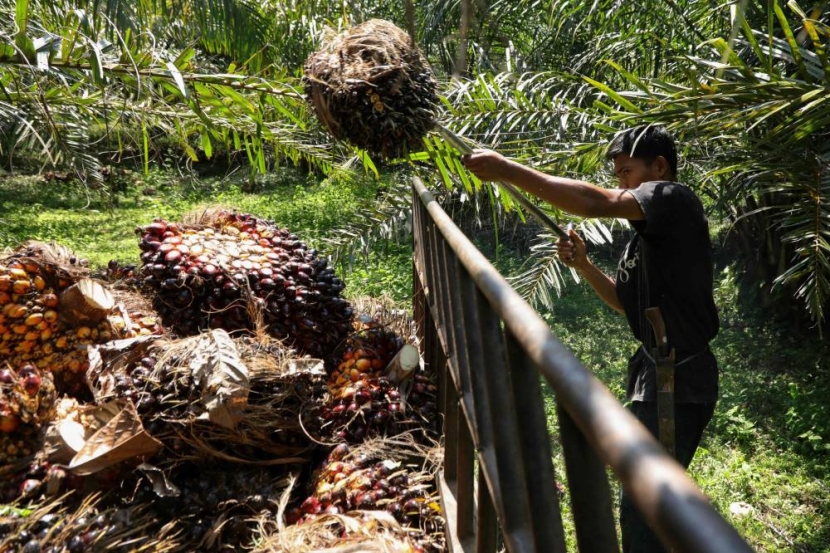الحرب التجارية وزيت النخيل الإندونيسي
صرح مسؤول تنفيذي كبير في قطاع زيت النخيل الإندونيسي بأن شركات بلاده تسعى إلى أسواق جديدة في أوروبا وإفريقيا والشرق الأوسط، سعيًا منها لحماية نفسها من آثار الحرب التجارية التي شنها دونالد ترمب.
وفي الصور مزارعون يحصدون ثمار نخيل الزيت في مزرعة في كوتا ماكمور، إقليم آتشيه، الذي يعد مركزا للصناعة في البلاد.
وتعد إندونيسيا أكبر منتج ومُصدِّر لزيت النخيل في العالم، حيث تُسهم بأكثر من نصف الإنتاج العالمي لهذا المنتج الحيوي.
وفي 2023، بلغ إنتاجها نحو 46.98 مليون طن متري من زيت النخيل ، مع توقُّعات بزيادة الإنتاج إلى 50.07 مليون طن في عام 2024، ما يُمثِّل ارتفاعًا بنسبة 7.15% مقارنةً بعام 2022.











